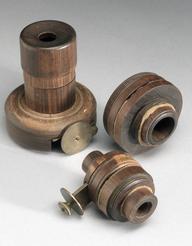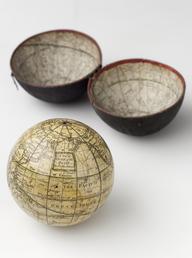

Parts from the Cambridge Interplanetary Scintillation Array
- designer:
- Antony Hewish




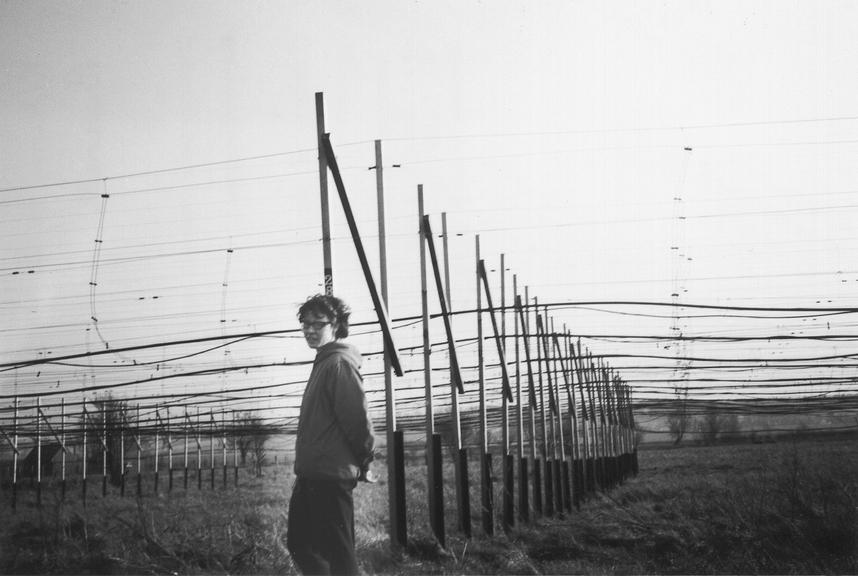
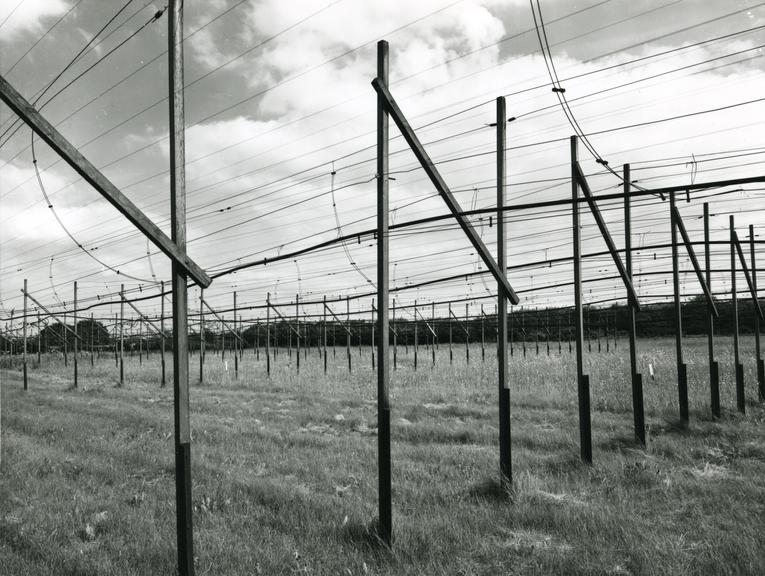

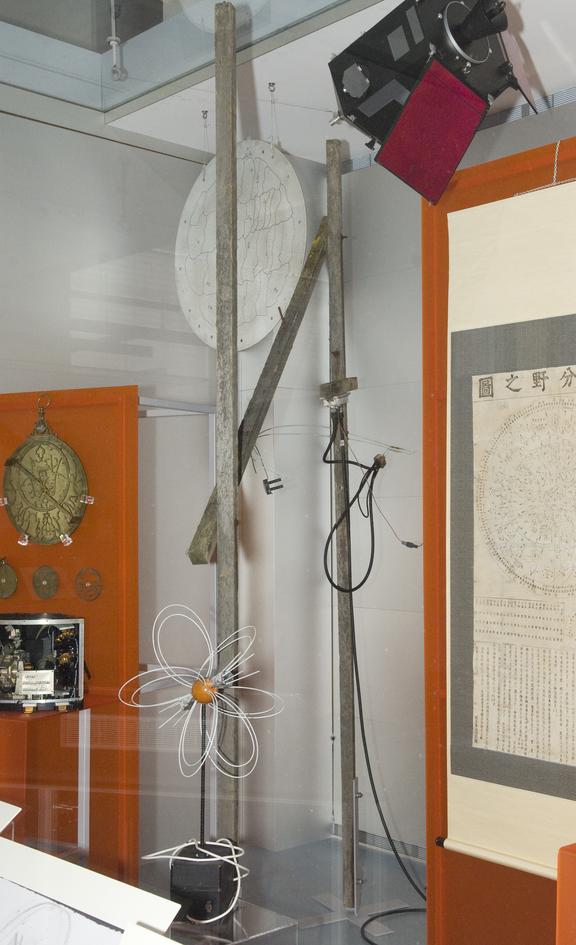
Parts of the interplanetary scintillation array (also known as the 4-acre array) built at Mullard Radio Astronomy Observatory, Cambridge, 1967. Designed by Antony Hewish and used by Jocelyn Bell to detect pulsars. Consists of two wooden vertical supports, one wooden cross support, and a section of copper wire and cables.
This is part of the four-acre radio telescope used in one of astronomy’s most famous chance discoveries. In 1967, student Jocelyn Bell noticed a ‘bit of scruff’ on the telescope’s data charts. Astronomers realised that the unusual signal, which repeated regularly, came from a new class of cosmic object.
Initially, these objects were nicknamed LGM, for ‘little green men’. But rather than aliens, they are rapidly spinning dense stars. They are called pulsars and over 1800 are now known.
Details
- Category:
- Astronomy
- Object Number:
- 2009-43
- Materials:
- wood (unidentified) and metal (unknown)
- type:
- radio telescope and instrument component
- credit:
- University of Cambridge




